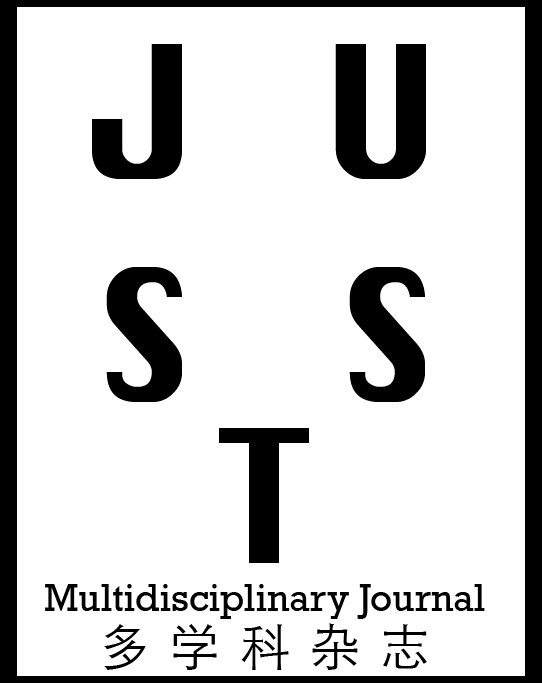Dr. Bhumika Das
Mats University Raipur, Chhattisgarh, India.
Arvind Kumar Swarnakar
National Institute of Technology Raipur, Chhattisgarh, India.
Mobility of Heavy Metals in Soils and Wastewater from Landfill, Sarona, Raipur, Chhattisgarh, India
Authors
Abstract
In modem culture, widespread use of heavy metals affects paths accompanied by fluxes on the earth’s surface. The altered flow paths can be detrimental to the equilibrium between biological systems at various levels, micro-organisms, human beings and entire ecosystems, because their concentrations and chemical types decide the toxicity of heavy metals. The physicochemical parameters such as pH, Total Dissolved Solids(TDS), Electrical Conductivity and heavy metals like Iron (Fe), Zinc (Zn), Copper (Cu), Lead (Pb), Nickel (Ni) and Cadmium (Cd) were analyzed in this research in landfill leaches, surface water, and river water. Despite the low mobility of heavy metals in urban landfills, it was found that during the degradation of the waste, substantial transformations of the binding types of heavy metal occur within the waste mass. The formation of early digenetic solid phases, i.e. new secondary solid phases formed in the waste, appears to be closely related to these changes. Solid waste treatment plant in Sarona, District Raipur, Chhattisgarh, India. Finally, more than permissible limit of zinc, iron, cadmium, calcium, iron, nickel, copper and manganese heavy metals were primarily responsible for soil pollution. The geologist of the study said that these heavy metals are toxic to soil and water (ground water and surface waters)
